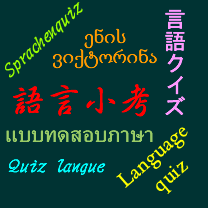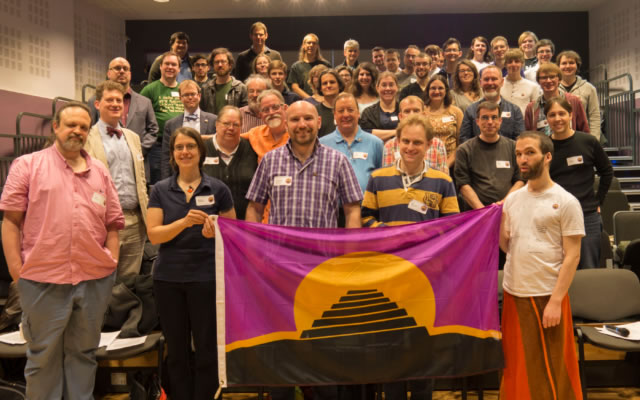One way to say remember in Swedish is komma ihåg, which literally means “to come to mind”. It also means to recall; to recollect; to retain, or to bear in mind.
Komma [ˈkɔmːa] means ‘to come, arrive, move nearer’. It comes from the Old Norse koma (to come), from the Proto-Germanic *kwemaną (to come), from the Proto-Indo-European *gʷem- (to step).
ihåg [ihoːg] means ‘to (one’s) mind’. håg means ‘mind, mindset, temper, inclination’, and comes from the Old Swedish hogher, from Proto-Germanic *hugiz (mind; thought; sense; understanding), which is also the root of the English words high, how, Hugh and Hubert.
Related words include:
- ihågkomma = to memorialize
- ihågkommande = recollection; reminiscent
- hågkomst = to recall; recollection; remembrance
- håglös = apathetic; grey; indolent; listless
- håglöshet = apathy
- hågad = agreeable; inclined; minded
Other words for remember include:
- minnas = to recall; to remember; to retain; to come back; to recollect
- erinra sig = to place; to recall; to recollect; to remember
- lägga på minnet = to memorize; to register; to remember
- dra sig till minnes = to remember
Are these words for remember used in different contexts?
Sources: bab.la, Wiktionary

